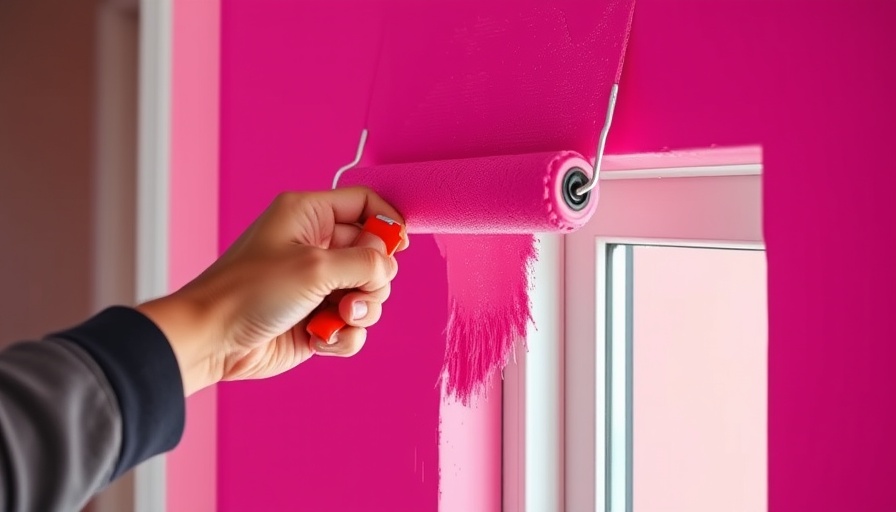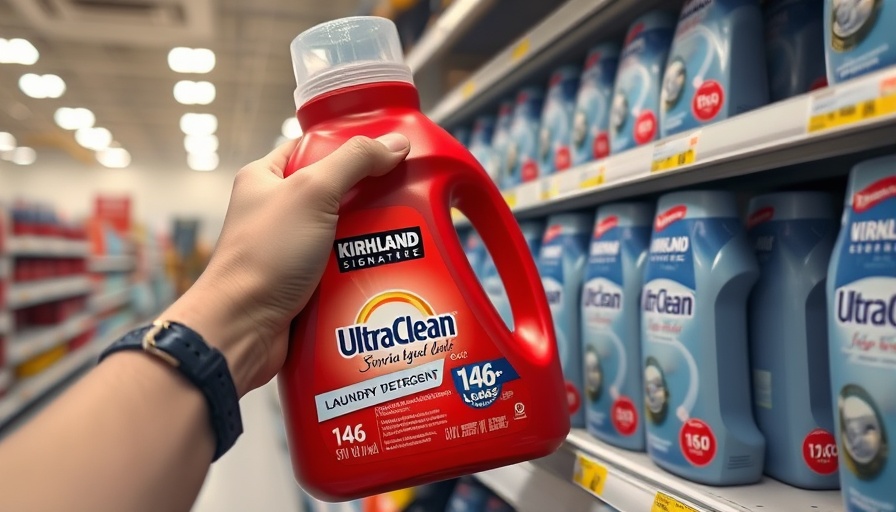
Does Your House Color Matter in Michigan?
When it comes to choosing the perfect paint for your house in Southeast Michigan, the color you pick can influence not only aesthetics but also your comfort and energy savings. Dark-colored houses can create a warm and inviting feel, but homeowners must understand how different shades interact with our climate. A deep green, for example, not only enhances winter cheer but can warm up a home significantly during those chilly months.
How Dark Colors Absorb Heat
Dark colors tend to absorb more heat from sunlight than their lighter counterparts. This characteristic can be a huge perk in cold climates like ours in Michigan, where we often long for every bit of warmth we can get. According to home improvement expert Jim Marino, the color of your house is only a part of the larger equation that includes insulation, ventilation, and building materials.
Choosing the Right Shade
So, how do you know which dark shades will keep your home warm without making it feel confined? Experts suggest picking colors with a Solar Reflectance Index (SRI) below 50 to capture more warmth, such as deep browns and dark blues. If you're looking for something a bit chiller, look for shades with an SRI between 50 and 60 like medium grays that still allow for vibrant energy without overwhelming the space.
Avoiding the Heavy Mood
While darker shades can evoke elegance, opting for too many deep colors can sometimes give off a moody vibe. To counteract this, consider pairing your dark siding or trimmings with plenty of natural light and lighter accents around windows and doors. This balance not only enhances curb appeal but also maintains an inviting atmosphere at home.
Use of Technology in Paints
Today’s paints offer new technology that can help manage heat absorption too. Matte finishes tend to soak up more warmth than satin or semi-gloss, so selecting the right finish is crucial. Some paints are formulated with heat-reflective properties, allowing homeowners to enjoy rich colors while minimizing indoor temperature issues. Just keep in mind, if you opt for vinyl siding, it's best to avoid painting it darker as it could warp or melt under extreme heat conditions.
Black Roofs and Their Impact
Have you ever wondered how a black roof affects your home temperature? High absorbency can lead to surprisingly elevated temperatures inside, especially if your house has poor insulation or ventilation. Be sure to assess your home’s overall energy efficiency before taking the leap into dark colors.
Make Informed Decisions
Color matters, but context is even more critical. Before splashing on a coat of that deep hue you’ve always dreamed of, remember home design, personal aesthetics, and climate variety each play considerable roles. Balance your choices wisely, and you’ll have a home that looks just as stunning as it feels.
As we contemplate painting our homes this season, let’s blend aesthetics with practicality. Create a beautiful home that keeps us warm while contributing to our energy efficiency. If you’re thinking about making a color change, gather your family for a fun DIY project or reach out to a professional if you need an extra hand.
 Add Row
Add Row  Add
Add 




 Add Row
Add Row  Add
Add 

Write A Comment